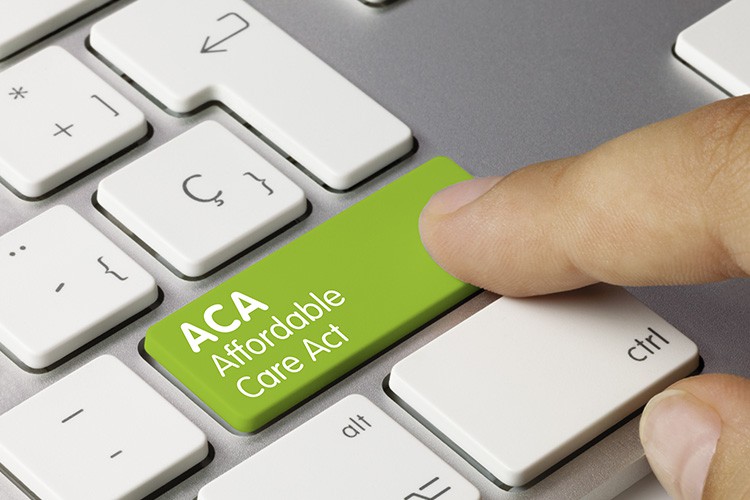The Affordable Care Act (ACA) formally Patient Protection and Affordable Care Act, and nicknamed Obamacare was enacted by Congress is 2010. The purpose of ACA is to ensure that all citizens and resident aliens of the United States have access to health insurance. This insurance may be purchased in most states through the Health Insurance Marketplace.
This plans includes tax provisions that affect individuals, families, businesses, insurers, tax-exempt organizations and government entities. These provisions impact how individuals and families file their taxes. Depending upon your specific circumstances, the Health Insurance Marketplace, health coverage providers and certain employers may provide certain ACA reporting forms to you to help you accurately report health coverage information for you, your spouse and any dependents when you file your individual income tax return. Health coverage providers, employers and the Marketplace will also file these forms with the IRS.
Here are some things you need to know about ACA and ACA reporting forms before filing your taxes:
Claiming Premium Tax Credits
Individuals who purchased coverage through the Health Insurance Marketplace may be allowed to take the premium tax credit. During the open enrollment application process for health coverage through the Marketplace, most individuals requested financial assistance. The Marketplace uses information individual provide about their projected income, address, and family composition for the year to estimate the amount of the premium tax credit that the individuals would be allowed on their tax return. Individuals then had an option to have advance payments of the premium tax credit paid directly to their insurer to lower their monthly premiums. To be eligible for the premium tax credit, your household income must be at least 100 – but no more than 400 – percent of the federal poverty line for your family size, although there are two exceptions for individuals with household income below 100 percent of the applicable federal poverty line. Remember that simply meeting the income requirements does not mean you’re eligible for the premium tax credit. You must also meet the other eligibility criteria.
Tax Cuts and Jobs Act
Under the recently enacted Tax Cuts and taxpayers must continue to report coverage, qualify for an exemption, or pay the individual shared responsibility payment. Qualifying health care coverage is also called minimum essential coverage. The IRS will not consider a return complete and accurate if the taxpayer did not:
- Check the ”Full-year coverage” box on Form 1040, 1040A or 1040EZ, or submit Form 8965, Health Coverage Exemptions, claiming a coverage exemption, or
- Report a shared responsibility payment on the tax return.
ACA Reporting Forms
There are two sets of information returns that employers and coverage providers must use to satisfy their ACA reporting form obligations – the Form1095-B and Form 1095-C. Employers and coverage providers must furnish Forms 1095-B or 1095-C to individuals for the 2017 calendar year by January 31, 2018.
Shared Responsibility Payments
If you do not have qualifying coverage or an exemption for each month of the year, they will need to make a payment with their return. Most people can claim exemptions from coverage when they file their tax returns, there are certain exemptions that must be granted in advance from the Marketplace. If a taxpayer has a pending exemption from the marketplace, they should wait until an approval or denial letter is received before filing their federal tax returns. Exemptions are filed using IRS Form 8965.
Depending upon your specific circumstances, the Health Insurance Marketplace, health coverage providers and certain employers may provide information forms to you to help you accurately report health coverage information for you, your spouse and any dependents when you file your individual income tax return. Health coverage providers, employers and the Marketplace will also file these forms with the IRS.
